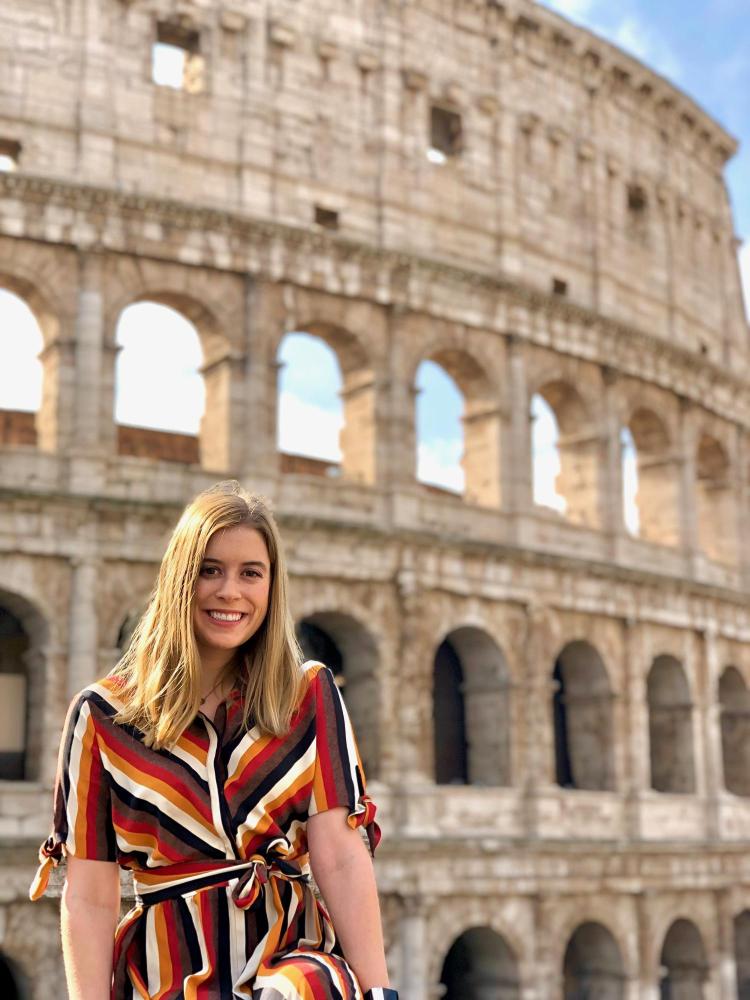Musicking in the time of COVID

According to Cawthon, who earned a bachelor’s in music education with an emphasis in choral and general music from the Frost School of Music at the University of Miami, “Music teachers had to rework their curriculums, typically from a performance focus to a creating-responding-independent focus to leverage online teaching platforms.
“I shifted my teaching focus from community-based music making to more independent projects that students could do on their own. Some examples of projects I had my students do included research and composition within various assigned or chosen genres, lyric writing activities, use of digital audio workspace [DAW] to compose and analysis of music videos.
“There were objectives to teach musicological features—such as dynamics, form, time signatures, instrumentation, beats, polyrhythms, key signatures, timbre and so on—but most of all, I wanted students to be able to express themselves and have an outlet for their emotions during COVID.
“Students, like many of us, are terrified, frustrated, angry, confused and sad because of all the shifts in their normalcy, and my most prominent goal in the classroom is always safety—emotional, physical, mental, social and emotional safety. These composition and responding-oriented activities left space for students to safely work through some of their emotions, should they choose to do so, in a safe and comfortable environment.”
A proud member of the Choctaw Nation, as well as a part-time employee of the Chickasaw Nation Arts Academy, Cawthorn’s heritage drives her studies of culturally relevant pedagogies in the field of Ingenious music of the United States. As an undergrad, she worked closely with the Multicultural Student Affairs office, as well as faculty members and administrators, to set up committees and policies for Indigenous students. Currently, she’s engaged with the CU Boulder Center for Native American and Indigenous Studies to connect with other Native students on campus and to obtain her Certificate in Native and Indigenous studies.
She adds, “Trying to teach ensembles exactly the same way that we have in the past will not work on Zoom. Creativity and flexibility are essential when redefining what you’d like to do in your classrooms.
“Rather than mourn what we have lost, try to find new, different ways of music making. I tried to take this as an opportunity to create long-term curriculums with student-centered projects, and this was a great way for my students and me to interact with music in new, safe ways.”
Stover—who previously taught middle school band and choir before coming to CU Boulder, and who earned a bachelor’s in music education from Millikin University and a master’s in ethnomusicology from Goldsmiths, University of London—offers an additional perspective: “Go where the music is happening. Don’t be afraid to join online groups or take online lessons from teachers as they can really provide some insight into what is happening in the field.
“For those researching, the field is definitely a hybrid of in-person events and online interactions, so don’t neglect one or the other. There are a lot of new YouTube videos that people have made in the last two years while stuck at home explaining different aspects of their tradition. These can be an invaluable tool, but watch out that you do not devote too much time going down the rabbit holes.”


